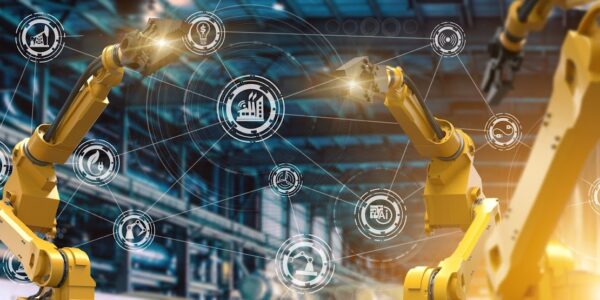The United States used to be a manufacturing powerhouse. Over the past 50 years, we’ve shifted to a service economy. In 1953, manufacturing accounted for 32% of non-farm labor in the U.S., compared with 22% in 1979, and just 7% now.
Service jobs? Including warehousing and logistics, that stands at 80%. Yes, 80% of all American workers are employed in the service sector. 7% in manufacturing. The remaining 13% include information workers, construction workers, skilled trades workers, government employees, and a handful of miners and loggers.
Yet talk about building jobs often focuses on manufacturing. Reshoring is hailed as a way to bring back good jobs, politicians promise to get American factories humming again, and increases in manufacturing are considered good news economically.
What caused the change?
One reason for the change to a service economy is that people buy more services and fewer objects now. Even though this pattern was disrupted by the pandemic, American consumers still pay for a range of services, from Instacart to cell phones to bikini waxing, that previous generations didn’t even think about. As the pandemic slows, consumers are spending more on restaurant meals, travel, and personal services, Services that used to be restricted to the wealthy are now part of daily life for millions of ordinary people.
Another reason was offshoring. When U.S. manufacturers shipped jobs overseas, the image of manufacturing as a source of steady, well-paid jobs was fractured. There were fewer manufacturing jobs available in the United States and fewer people wanted that kind pot work. The result was a shortage of skilled manufacturing workers that is still a problem.
Automation has been both a solution to labor shortage problems and a factor in the decline of manufacturing jobs. Modern factories use more efficient machinery and fewer human workers.
Other benefits of manufacturing
Manufacturing jobs still pay more than service jobs, and can still provide desirable careers for people without advanced degrees. But American manufacturing has other benefits for America and Americans.
The supply chain disruptions of the pandemic, especially in medicines and medical supplies, clearly showed the advantages of shorter supply chains.
Shorter supply chains are also better for the environment. The amount of energy and other resources required to bring goods from China to the United States is enormous.
Manufacturing also, according to the Brookings Institution, drives innovation. Not only does the service sector offer little in the way of true innovation, but innovations in the service sector generally require solutions driven by manufacturing. Flippy may be working in hospitality, but wasn’t developed or built there.
Manufacturing is worth the investment. Government, I industry, and educational institutions should work together to make sure it continues to have an important place in American life.
